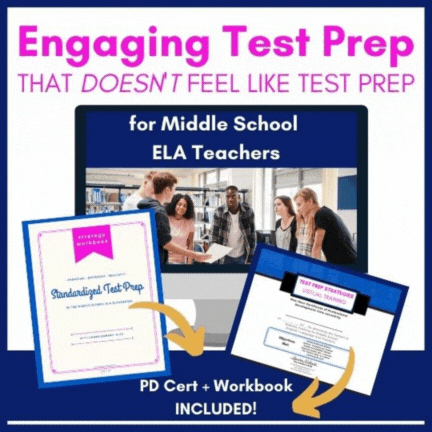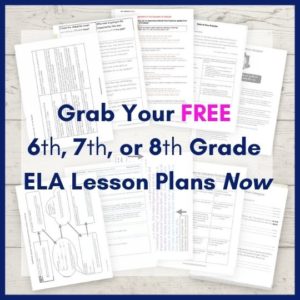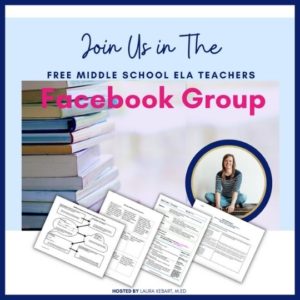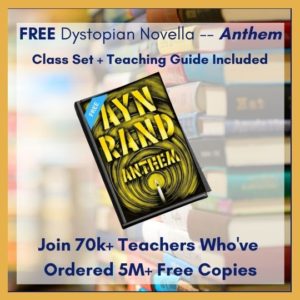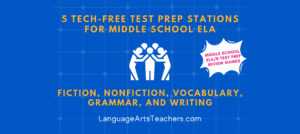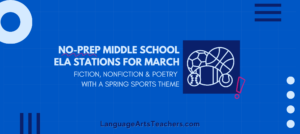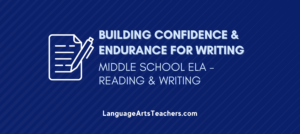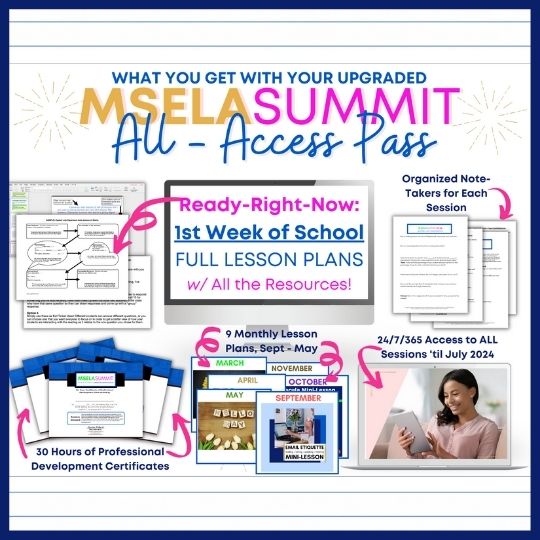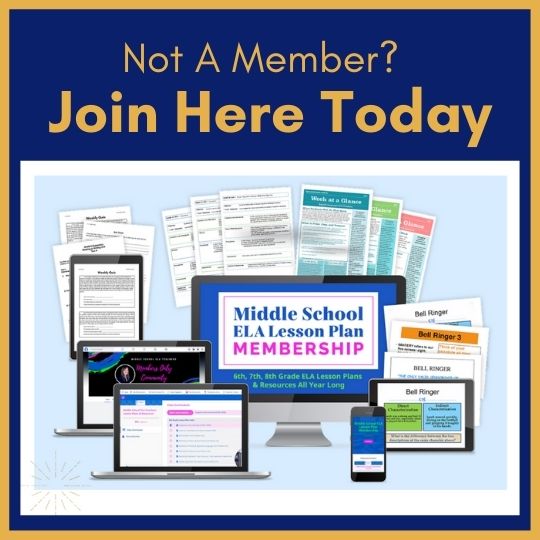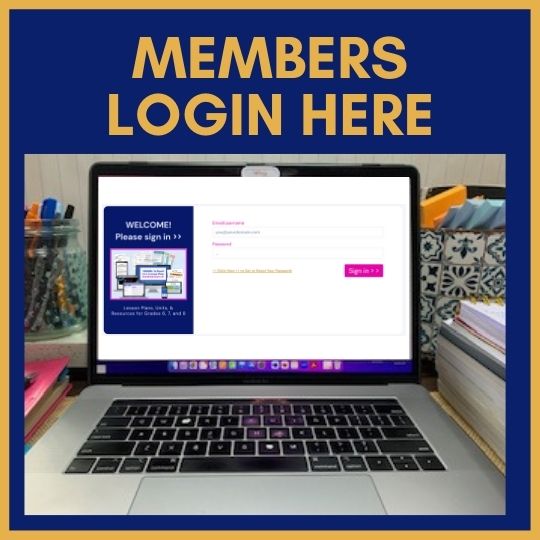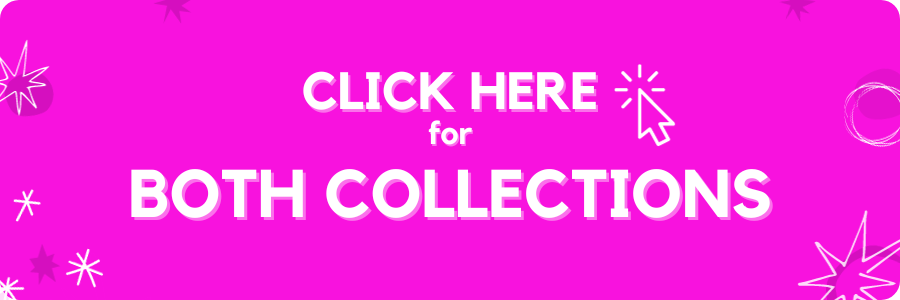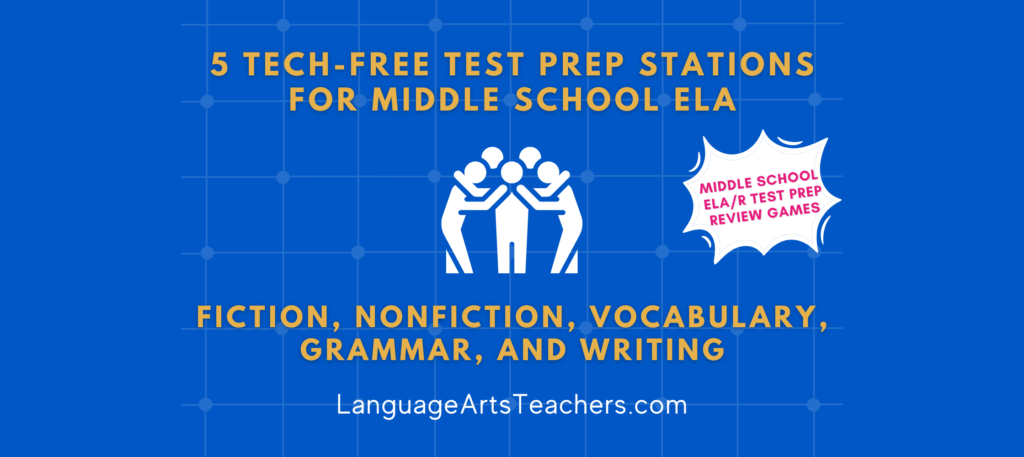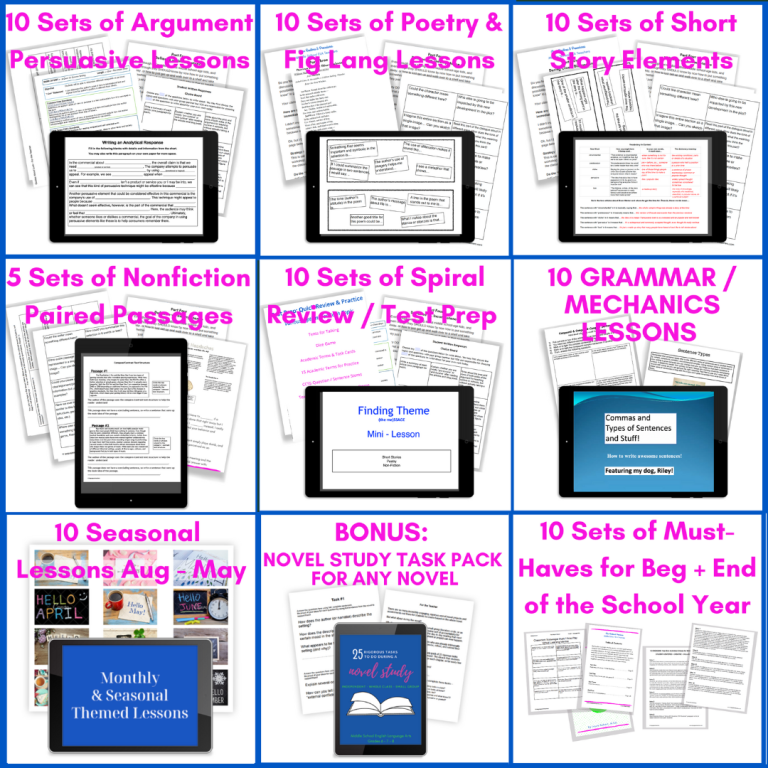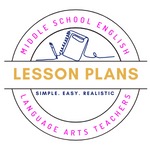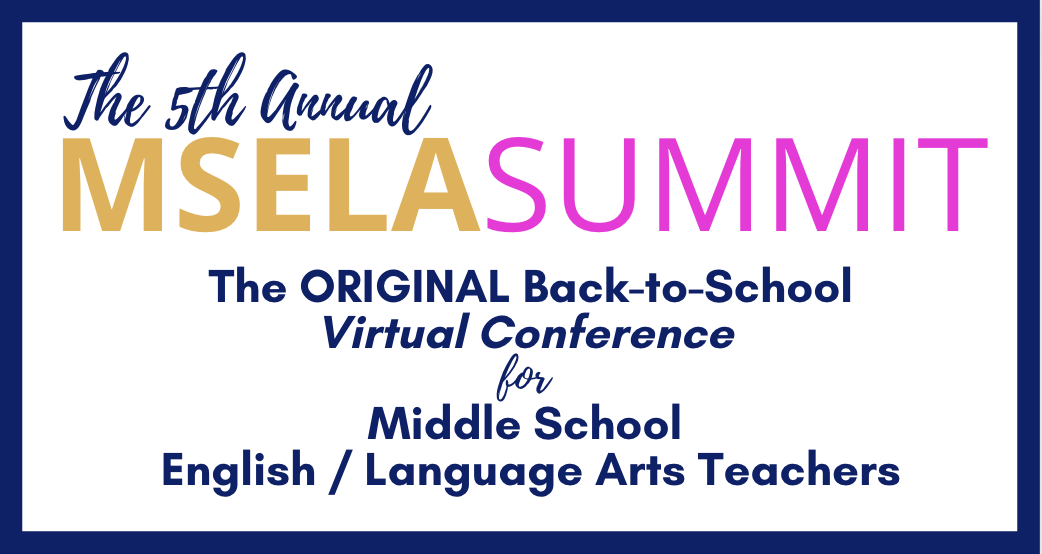November is a tricky time of year for Middle School ELA/R teachers because of the high-energy coming off of Halloween coupled with the kickoff of the entire holiday season. That energy follows us into the classroom each day as it billows up from the change in weather, the change in personal and school schedules due to extended breaks, and all the Christmas jingles that hijack our lives even before Veterans’ Day arrives!
In a sec, I’ll show you what I do each November in my Middle School ELA/R class to keep things fresh and engaging. Just know that for me (and for you, too—-I give you permission to do this), I keep it SIMPLE for myself by using the same November lesson I’m about to share with you for all my 6th, 7th, and 8th grade students (I’ve found that differentiating within the lessons for each grade level is waaaaay easier for me this time of year for these particular lessons rather than trying to create or execute totally different ones)⤵️
Figurative Language Fall / Autumn Style (Anytime in November)
— Why figurative language? >>> Because it’s an abstract concept that my students tend to struggle with if we don’t spiral back to it and embed it all throughout the year. They do really well with it during our poetry unit, but they seem to forget how figurative language works when we later analyze it in speeches, novels, or short stories. What I’m about to show you allows me to consistently review elements of figurative language all throughout November as I leverage the season’s energy to engage my students!
Objective Students will be able to determine how writers use figurative language to convey a message.
“I Can” Statement I can determine how figurative language helps create meaning.
CCSS >> Determine the meaning of words and phrases as they are used in a text, including figurative
Texas TEKS >> Reading/Comprehension of Literary Text/Sensory Language. Students understand, make inferences and draw conclusions about how an author’s sensory language creates imagery in literary text and provide evidence from text to support their understanding.
If you don’t use either of ^those standards, it’s totally fine. The point is that you don’t have to start from scratch! What standards in your neck of the woods are pretty similar? Go with that!
Procedure for Class:
1) Show students one or more of the ten gorgeous slides (as many slides as you wish!)
One of my favorites from the 10 slide set I have within this Seasonal ELA/R Engagement Collection is #8 below.
{I like to follow it up with a quick reminder of what a rhetorical question is, and why a writer might use it (I have a simple ‘instructional support’ slide to go with each of the ten quote slides)}
2) Students complete the accompanying “Analysis” handout⤵️ (I recommend just one per day so no one gets overwhelmed, and so you can spread out the 10 activities all month long).
Ideas for Use in Class All Month Long
>>> You could have students complete one per day for 10 days or one per week for 10 weeks which means you could actually start this set of ten in early October.
>>> You could use these as station activities (For a digital version of stations, you could assign certain slides to certain students–just tell students which number(s) they have to do and there’s your “station” activity
>>> You could print out the colored images w/ quotations and post them around your room for a gallery walk (if you’re in a larger class and can move around).
>>> You could add this activity as an extra option on a “what do I do when I’m done with my regular work” choice board.
Get this lesson, along with my entire Seasonal ELA Engagement Pack when you pick up the ✨Monday Method✨ Collection. Together, these two sets of resources will carry you not just through the holiday season, but through the entire school year as well!




